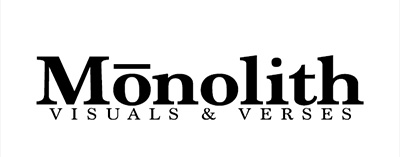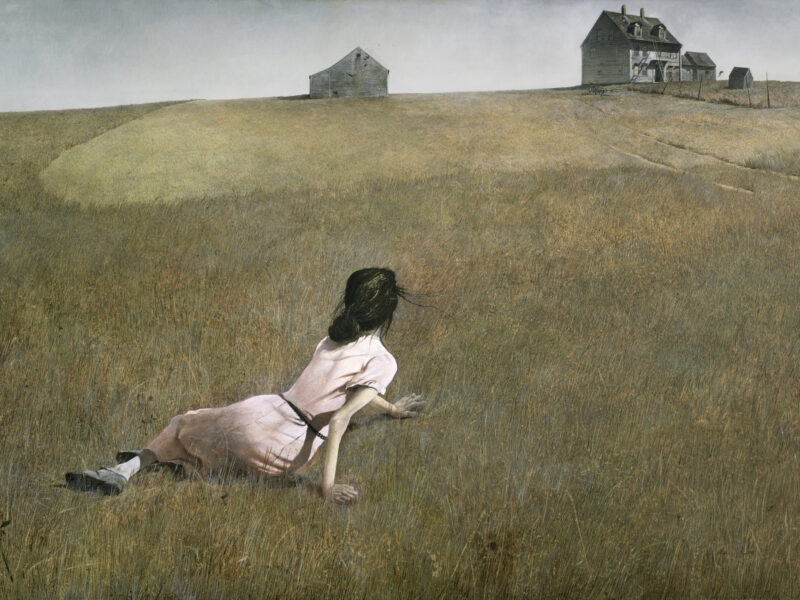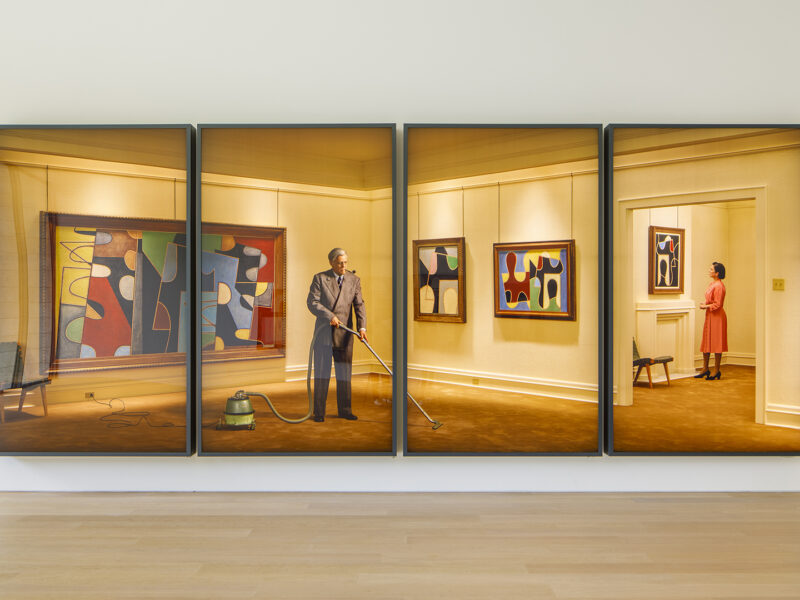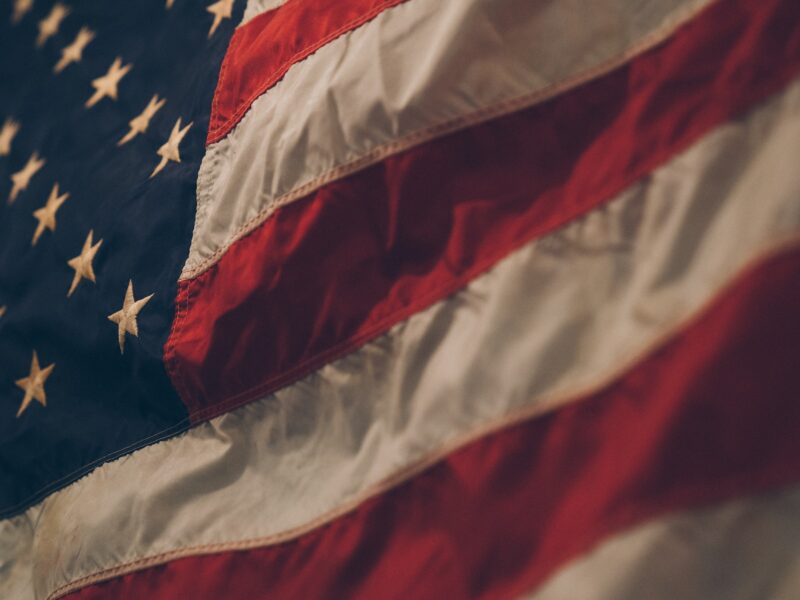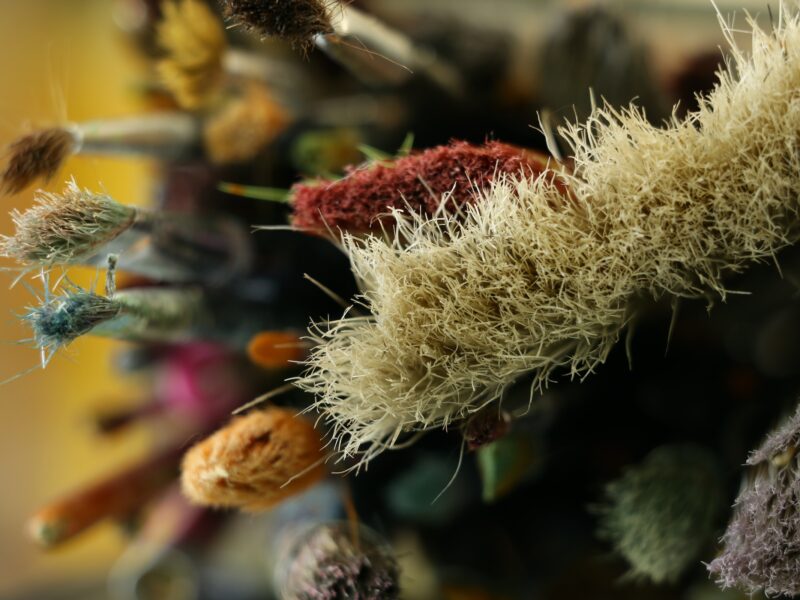Interview | Dalma Goncz
Yes, the first question is usually: why concrete as the intermediary material? I look at the world around us through it. I have created my own kind of plastic imagery that is not just about me and my views, but about the world around us, our role in society, the relationship between nature and man-made things. My works hold up a kind of metaphorical mirror that confronts us with a distorted reality. It is always worth starting the work process on a theoretical level, gathering the moods, emotions and information that are clustered around a given topic. At the moment, I am most interested in the future of our planet. How we can preserve the exquisite beauty and uniqueness of nature without getting in the way of development. The natural environment is in a “fierce” battle with humanity. I believe that, as in everything, the solution lies in a harmonious, sustainable balance. Only when I have enough “seeds of ideas”, I go to my studio, where I listen “inwards”, free from any kind of environmental “electrical noise”. Then I work in a kind of flow state, completely letting go of consciously driven thoughts, guided only by emotions and impressions. Applying the concrete to the canvas, then painting it and mixing it with different materials, and then completing the whole piece can take 2-3 weeks, sometimes even a month. The paintings, like the surface of the earth, are made up of layers, created by the tight interweaving and fusion of materials.
I’d like to know how do you select the proper pieces to compose your artworks, except for concrete, there is a precise scheme you follow or a random choice could help?
I use the same materials for all my works, only the subject matter and the representation differ. But respecting proportions and order is always very important, even for small-scale works and monumental design walls.
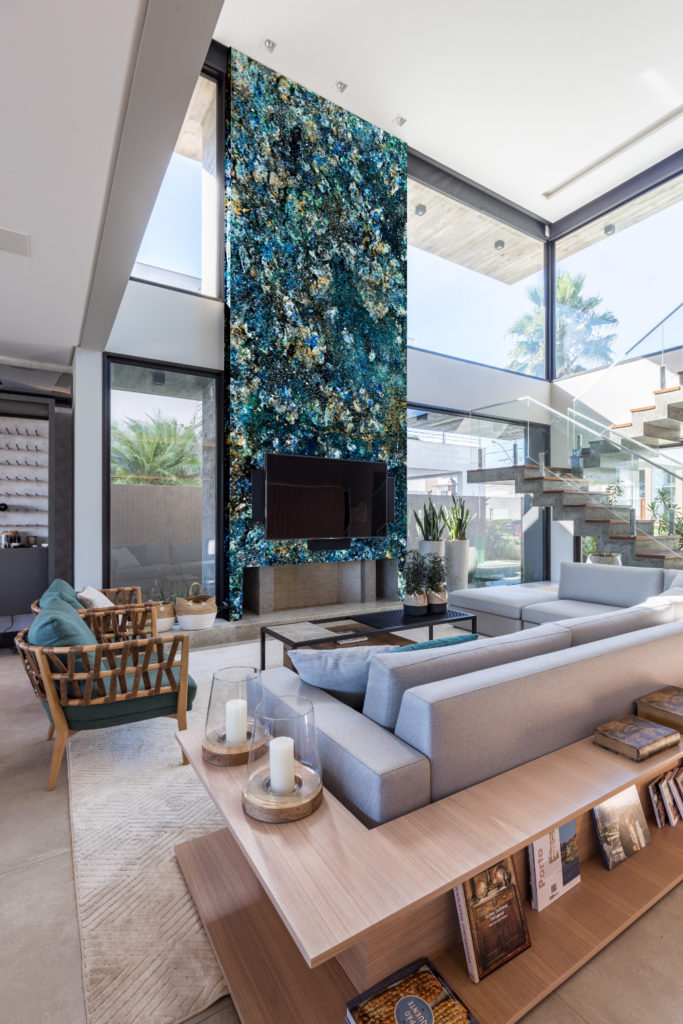
“Fusion of Concrete&Nature” could be an excellent statement, but I cannot fail to mention the concept of recycling, of giving new life to apparently forgotten materials. How did it come the idea of transforming concrete+nature elements in giant sized artworks?
The idea came from the fact that I couldn’t ignore the fact that the second most used material on earth after water is concrete. It is a material closely present in our immediate and wider environment. It is a very interesting discovery by mankind, which has been one of the foundations for the development of our civilisation. It is a plastic material, with different states of aggregation and a tremendous potential for innovation. From this point of view, it has a very positive connotation, but the dynamic development of humanity, the development of roads, bridges and various types of real estate have seriously upset the balance between the built and natural environment in many places, and we are already seeing and experiencing the negative effects of this. In addition, economic analyses, natural disasters, and forecasts by geologists and ecologists all confirm that we will face severe fossil consequences in the near future. This noble material has brought us to where we are now, with advanced civilised societies, metropolises, with no concern for the damaging effects on the environment, recycling the demolished concrete rubble. But the situation may not be so dire, it is never too late to do something against it. The big international industrial companies have already recognised the seriousness of the situation, and the recycling of concrete has already started several years ago. For me, the artwork gives me the opportunity to counterbalance the negative aversion to concrete in a more positive direction and to present a more artistic and lovable side to the grey. The idea for the monumental concrete design wall was born from the paintings. There was simply a need for a “concrete mural wall” that could transform our homes and interiors into a magical place of artistic value. It is a great pleasure for me that there is such a strong interest in my work, that people really want something of unique value.
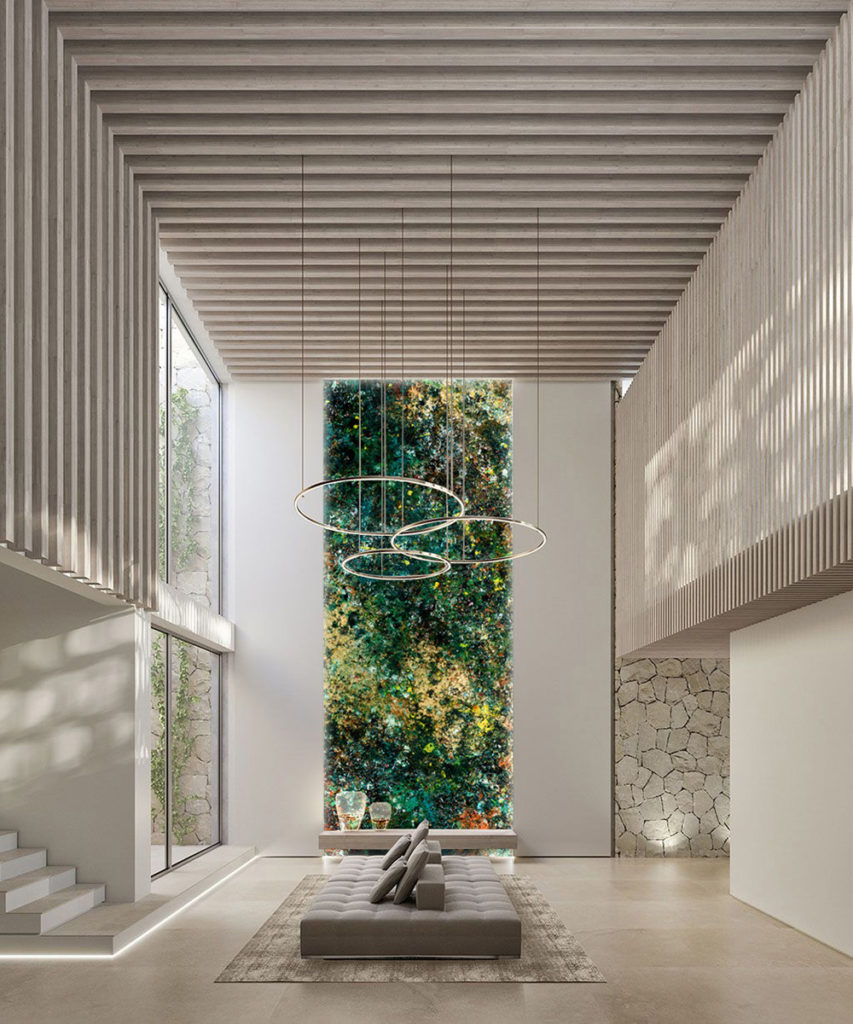
Tell me some about your recent projects, how has your work evolved from when you were beginning?
I’m currently working on a series of 12 paintings that will serve as a shining example and proof for all those who have been living with blinders on. We can finally take off the blinders and face reality. ‘Oppression’ is not just about the natural and built environment, but also about our society. As the natural assets of our planet have been eclipsed, so has our role in society become increasingly important, as opposed to what is of real value. It is harmony, intrinsic values and human relationships that we are pushing to the background, suppressing, striving for superficial perfection and conformity in our fast-paced world. If we go back to our roots, we can see that the kind of life we lead is not only harmful to ourselves, but also to our environment. Concrete paintings, with their shiny, colourful, glowing surface, try to hide the grey of the concrete underneath, to hide it behind a kind of “mask”. It does so in the same way that we do in our everyday lives. We are accumulating unnecessary values, living in an age of excess, generating social imbalances. The solution is obvious here too: to restore harmony and balance. The works of art are therefore also “mirrors”, because those who pass by them every day not only see an elegant and eye-catching work of art, but also get to know a little bit of themselves. Every day reminds us of our roots, our inner values. This kind of world view and sense of mission has been with me since I was younger, but it really came into focus 5 years ago when I became a mother and knew that I wanted a better and more beautiful future for my children, where people live in harmony with nature and mankind. Earlier in my life I was also into the art, but I didn’t really find myself in anything or anywhere, I experimented with materials for almost 2 years, painting, drawing, gluing, mixing materials to find my own way. It was also a journey of self-discovery, of figuring out exactly what I do, who I am.
Do you remember the very first installation that you worked up?
It’s no secret that my first work was designed for my own home, which served as a kind of prototype to see the exact steps of the implementation. The execution is quite a complex process, it can be done by a combination of different professionals, but the creative work is concentrated in my hands. Painting and concreting, like fine art, is done on the ground and then, once completed, it is vertically mounted on the wall. What makes the work unique is that it can only and exclusively be done on site.
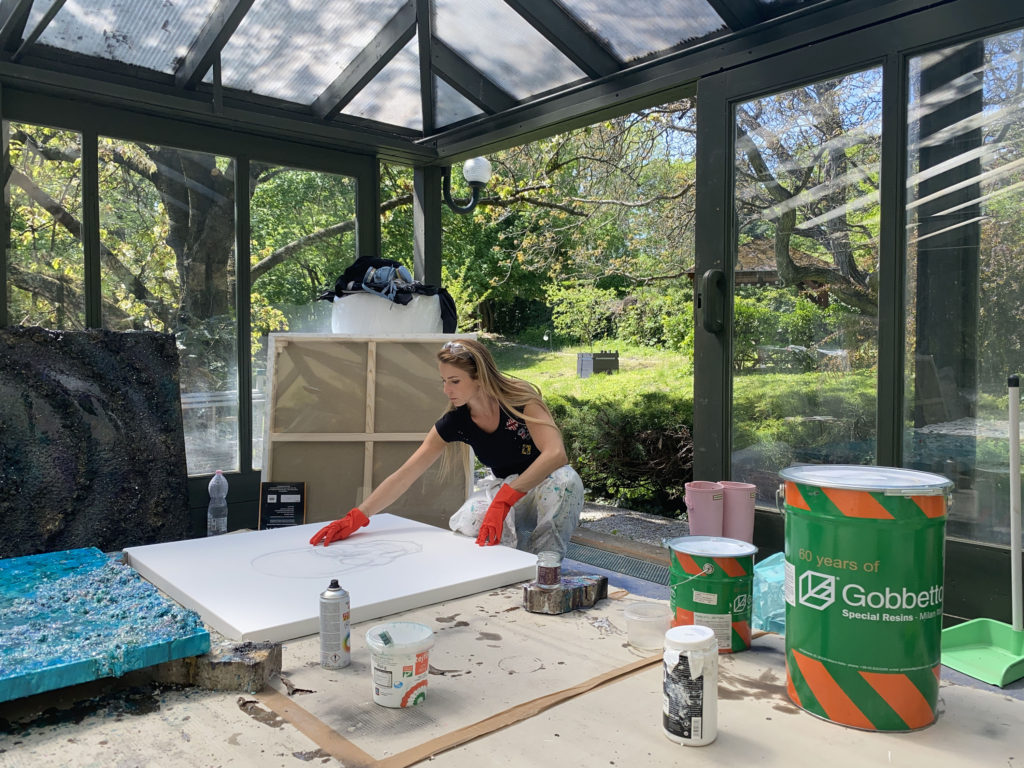
And what about now, what pushes you through your art, what’s the engine power of your motivation?
As I mentioned above, I would like to show the harmonious relationship between the natural and the built environment through my works.
My research is also based on the colourful biodiversity of oceans, seas and lakes. I like capturing land features that are unique and unparalleled in nature, such as coral life or rock walls, rocks on the ocean shore, lakes stained by plankton or lakes with acidic chemistry, such as Acid Lake. But it is sometimes the cherry blossom, the traditions and symbolism of Japanese culture that inspire me. The rich and varied colour harmony of the jungle almost always inspires me. Sometimes I take photos of the plants, landscapes and places I travel to, so that I can later remember the feeling that took hold of me in that certain place. I would like my works to have the same effect as a scent that you smell when you are travelling in a country, and when you smell it somewhere else, you immediately remember the memory of that trip.
Most of your production is pretty big and sprawling at times. Talk for a moment to someone who’d like to do the same stuff, tell him what’s the hardest part of your large scale installations..
The most difficult part is the construction, the installation. There is no place for mistakes, static aspects must be taken into account, everything must be measured with geometrical accuracy. Precise planning and construction, thought through with the architects is a must. Or perhaps the choice of the supporting material is the most difficult, because it is also site-specific. It depends on the surface area you want to cover, the load-bearing capacity of the wall, etc. There are really a lot of conditions and specifications to be examined before you start anything.
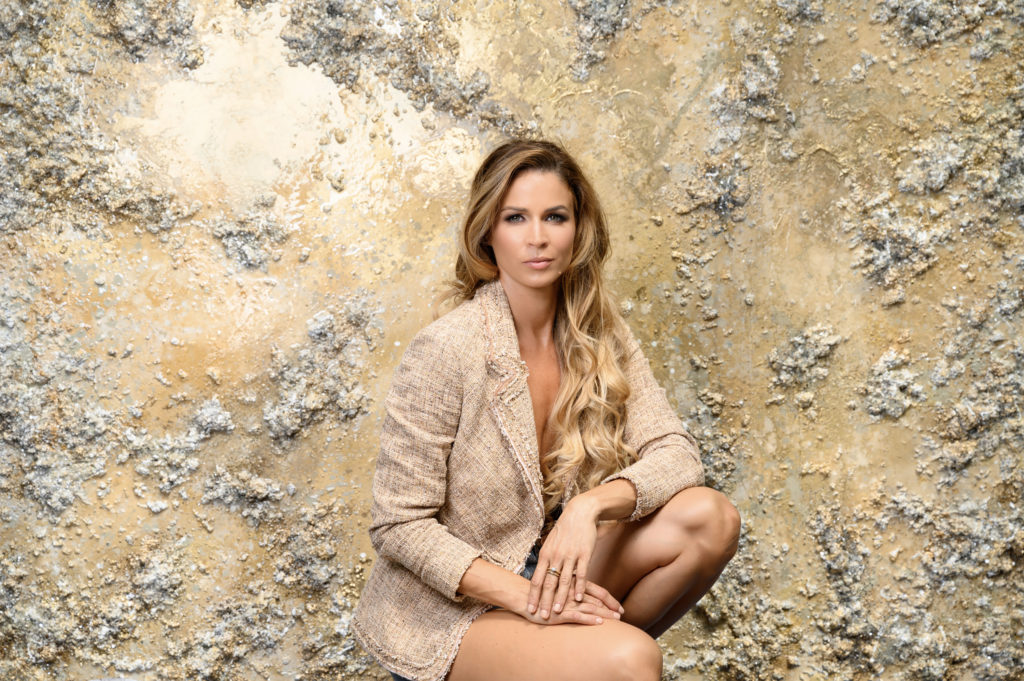
If you could change one thing about being an artist, what would it be?
Perhaps it is that I would add artistic skills to my degree in economics sooner rather than later, but in my case it was the other way round, which I don’t regret at all. I started working as a Natural Concrete Artist before I had my degree. In many cases the profession does not look kindly on this.
So it’s a bit slower and harder to make it professionally, but my knowledge of economics and marketing gave me an advantage over my peers because I knew the market and the opportunities it offered. If you know that, you can find your way in this career in every sense. But art can never really be the result of such conscious planning, so this was more of a guideline.
Quick reply: something you’ve always wanted to do, but have yet to.
I would also like to have an international impact, to have more of my own exhibitions, so that the feeling of life and the mission that my works convey can reach as many people as possible.
Something you would like to see in this world before dying.
Of course, there are many places, countries, natural wonders that I would like to see, but what is really important, and probably the most important in the life of a person with children, is that before we leave this earthly existence, we see our children reach their destination, happy, living in a “healthy” world, in harmony and symbiosis with themselves and nature.
One overrated and one underrated thing in our daily life.
We place too much importance on externals, while internal values are relegated to the background. We attach too much importance to objects, while the essential elements of sustainability of human life – clean water, clean air, healthy food – are not sufficiently valued. Both are important, obviously no one wants to go back to hunting and living in unheated yurts, but I think we can find a healthy balance, even if it means sacrifices in the short term.
What’s next for you? What shows or projects do you have planned?
This summer I will have a short pop-up exhibition in Budapest, and in the autumn I would like to have a large-scale event in Budapest to show my new paintings, and at the same time I will also be exhibiting in Barcelona with some paintings in a gallery there, which could be a way for me to enter international markets.
All images courtesy of Dalma Goncz: Website | Instagram
